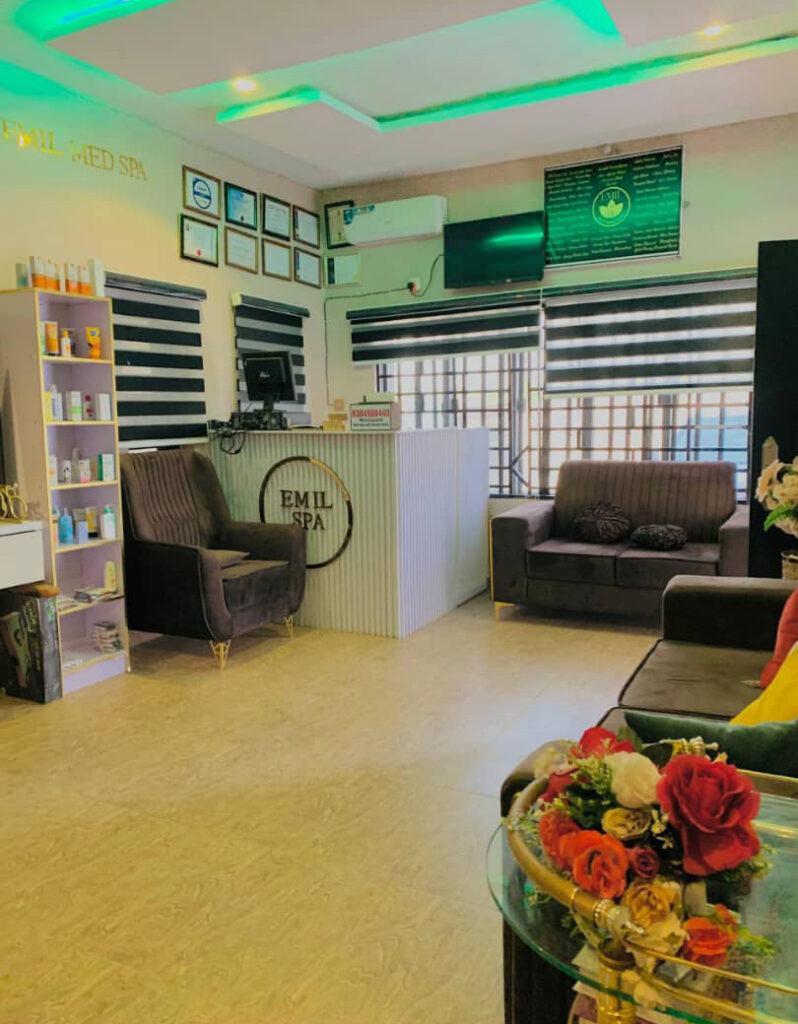- Home
- Services
-
-
Body Treatment
-
Vitamin IV Therapy
-
Massage
More Services

Considering a Service?
Feel free to reach out via message
or phone call. -
-
- Training
- Our Blog – Skincare Info At Your FingerTips
- Shop
- Contact
24hrs, Mon - Fri.
[+234] 70 3292 6970
- Home
- Services
-
-
Body Treatment
-
Vitamin IV Therapy
-
Massage
More Services

Considering a Service?
Feel free to reach out via message
or phone call. -
-
- Training
- Our Blog – Skincare Info At Your FingerTips
- Shop
- Contact
This website uses cookies to ensure you get the best experience on our website.
Download our app
Manage payments, schedule services, rate our service, track deliveries & more.
From
iOS App Store
From
Google Play
Newsletter
Subscribe to get exclusive offers, beauty tips & updates.
Follow Us on
Services
-
Medical spa
-
Dermatherapy
-
Aesthetics
-
Botox
-
Dermafiller
-
PDO threadlift
-
Body Treatment
-
Vitamin IV Therapy
-
Facials
-
Pedicure
-
Massage
-
Chemical Peel
-
Body Enhancement
-
Mesotherapy
-
Semi Permanent Makeup
-
Haircare/Hairdressing & Washing

Laser resurfacing is a cosmetic procedure that uses concentrated beams of light (laser) to improve skin texture, tone, and appearance by removing damaged outer layers and stimulating collagen production.
Types of Laser Resurfacing
1. Ablative lasers – Remove the outer layer of skin (epidermis) and heat the underlying layer (dermis).
Examples: CO₂ laser, Erbium:YAG laserBest for: Deep wrinkles, scars, warts, severe sun damage
2. Non-ablative lasers – Heat the skin without removing layers.
Examples: Nd:YAG, Pulsed-dye
laserBest for:
Fine lines,
mild scars,
pigmentation issues,
minimal downtimeUses
Wrinkle reduction
Acne scar treatment
Sun damage repair
Pigmentation correction (age spots, melasma)
Skin tightening and rejuvenation
Procedure Overview
1. Consultation & prep: Skin is examined, and pretreatment skin care may be recommended.
2. Anesthesia: Topical numbing cream or local anesthesia; sometimes sedation for deeper treatments.
3. Laser application: Targeted light energy removes or heats skin tissue.
4. Healing: New, smoother skin forms as the area heals.
Recovery & AftercareDowntime:
Ablative: 1–2 weeks of redness/swelling, full healing may take months.
Non-ablative: Mild redness/swelling, minimal downtime.Keep the area clean and moisturized.Avoid sun exposure; use SPF 30+ daily.Follow skincare instructions from the provider.
Risks & Side Effects
Redness,
swelling,
itching
Temporary hyperpigmentation or hypopigmentation
Infection
Scarring (rare, mostly with improper care).